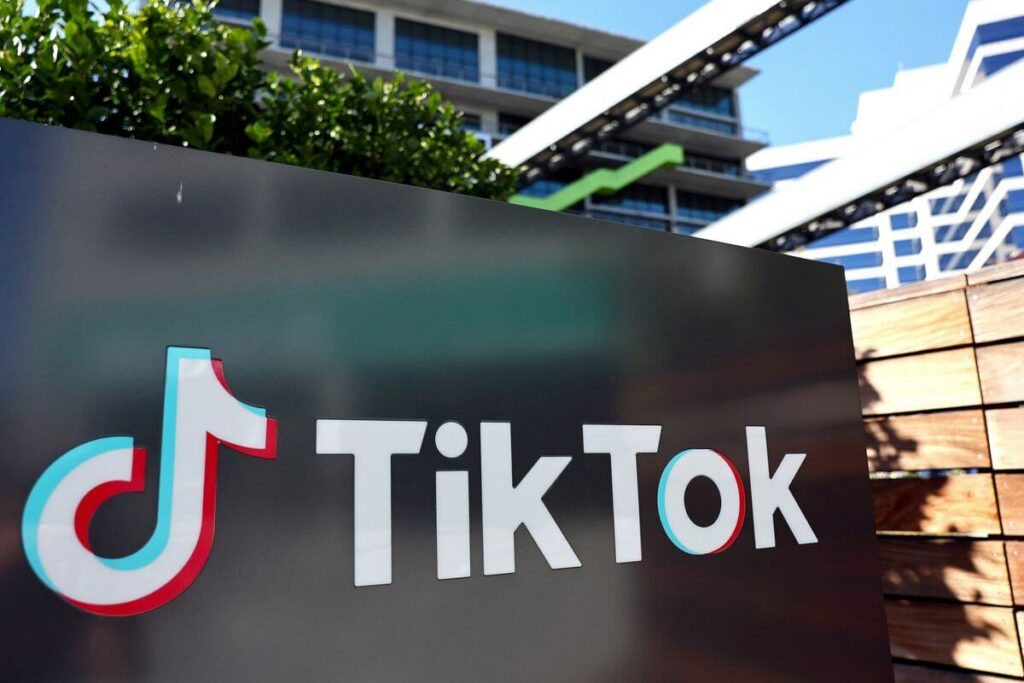More than 4.76 billion people use social media globally. But was social media always so popular? The short answer to this question is no, social media wasn’t always popular. For instance, in 2005, when social media was still in its infancy, only 5% of US citizens were aware of it. So, how has social media developed over the years? This article will shed more light on why was social media developed and how it has grown over the years.
Table of Contents
What Is Social Media?
Perhaps the best place to start when learning about social media development is to define what social media is. Social media can be said to be any form of e-communication that is used to share any form of content, information, or messages and also used to create communities over the internet.
Social media has changed how we communicate, share information, and run businesses. If you’re wondering when was social media developed, the first recognized social media platform was created in 1997. It was known as Six Degrees. The social media site allowed users to make friends and set up a profile page.
Blogging was then invented in 1999, which led to the explosion of social media use. Sites such as MySpace, LinkedIn, Photobucket, and Flickr were born in the early 2000s.
What Social Media Was Developed for?

Social media was developed to help people connect. It helped long-distance family members and friends stay in touch. Other users used it to find long-lost friends.
Six Degrees, which was the blueprint for popular social media platforms such as Facebook, LinkedIn, and MySpace, provided a space for people to connect and talk to each other. Andrew Weinreich, who is the founder of Six Degrees, is sometimes referred to as the father of social media. He created the first social network to help people who didn’t know each other connect.
Through Six Degrees, users could chat by sending a message and getting a reply. In addition, active users could access other users’ profiles and befriend them without the need to pay costly phone bills. Six Degrees helped the world learn that people could use the internet to communicate and make new friends.
Next, sites such as Open Diary and LiveJournal saw the rise of blogging. These sites enabled the sharing of ideas and the creation of communities. After the popularity of blogging sites, social gaming became popular due to sites such as Friendster, which allowed people to connect through playing games.
Next came LinkedIn and Myspace, which were both founded in 2003. While LinkedIn was considered a social network for professionals, MySpace provided a platform for people to meet friends, share photos, join groups, play games, and discover music.
In 2004 Facebook was born. The platform was created to allow Harvard students to connect. However, in 2005 it exploded in popularity, and by the end of that year, it had more than 1 million users. Today, it’s the largest and most popular network, with more than 2.9 billion users.
Here’s a look at the history of other popular social platforms.
- Flickr – It was launched in 2004 as the first photo-sharing network.
- YouTube – YouTube was founded in 2005 as a video-sharing app. The app started as a dating site but eventually grew into a video-sharing platform.
- Reddit – Created in 2005 by Steve Huffman and Alexis Ohanian, Reddit allows social media users to discuss topics of interest and share content.
- Twitter – This platform was founded in 2006 by Noah Glass, Biz Stone, Evan Williams, and Jack Dorsey. Through this network, users can send short messages called tweets to friends.
- Tumblr – Founded in 2007 by David Karp, Tumblr allows bloggers to publish blogs, follow other bloggers, and give comments on content they find interesting.
- Pinterest – Founded in 2010, this visual discovery engine allows users to bookmark images and create a vision board full of ideas.
- Instagram – Instagram is a photo and video-sharing app that also has video streaming and online shopping features.
- Quora – This social network was founded in 2010 as a question-and-answer platform. Users can pose questions on the platform, and experts can provide answers.
- Snapchat – Snapchat was founded in 2011 by Stafford university students. It went on to become one of the most popular social sites among teens.
- Telegram – Founded in 2013, Telegram allows users to send secure instant messages and voice calls.
- TikTok – Founded in 2017, TikTok is the leading platform for sharing and downloading short-form videos.
Reasons Why Social Media Is So Addictive
There is growing evidence showing that many social media users develop a dependency on social networking sites that is similar to substance use addiction. In fact, in the US, some psychiatric hospitals offer therapeutic programs meant to treat social media addiction. In one 2019 survey conducted in the US, 40% of social media users between the ages of 18 and 22 years admitted that they were addicted to social media. But why is social media so addictive?
According to health professionals, the likes, comments, and shares a user gets on social media channels lead to surges of dopamine – a hormone in the brain that makes you feel good. Social media apps also trigger the brain’s reward center leading to a high that is very similar to what someone feels when using drugs or gambling. Once the brain gets used to increased rushes of dopamine, then it becomes harder to resist using social media. The result is social media addiction.
How Can We Use Social Media with Benefits?
It’s important to have a healthy relationship with social media. Today, social media apps are more than platforms that help us connect with family and friends. They also help us:
- Discover what is happening globally in real-time.
- Access endless amounts of information.
- Organize events or groups to share opinions on issues and topics of interest.
- Get lots of entertainment in the form of memes, short video clips, and political news.
Social media has also changed how businesses are run. If you’re a business owner, here are a few ways you can use social media for the benefit of your business:
- Target customers and sell goods and services.
- Increase your brand’s popularity.
- Optimize the social network for search.
- Build communities and a loyal fan base.
- Create a social culture.
- Collaborate with influencers and other like-minded businesses.
- Share messages and product offers to their followers.
Finally, social media provides marketing professionals with valuable, actionable data on their consumers’ demographics which they can use for social media marketing.
Conclusion
Now you know why and how social media developed. Advances in digital technology and human interactions will continue to shape social media. Hopefully, you’re using the popularity of social media to your advantage. If not, the above tips on how to use social media with benefits will not only help you cultivate a healthy relationship with social media, but they can also help you grow your business.
- Effective Social Media Advertising and Brand Management - October 2, 2023
- Boosting Social Media Engagement: Strategies and Solutions - October 2, 2023
- Mastering Social Media Reputation & Damage Control - October 2, 2023

